For eMTBers, the choice is obvious: apart from being more affordable, there is no reason to buy a hardtail – a full-suspension eMTB offers more traction, comfort, and stability. Fully bikes are still a rarity on urban ebikes… but wouldn’t commuters and city riders benefit from rear suspension too?
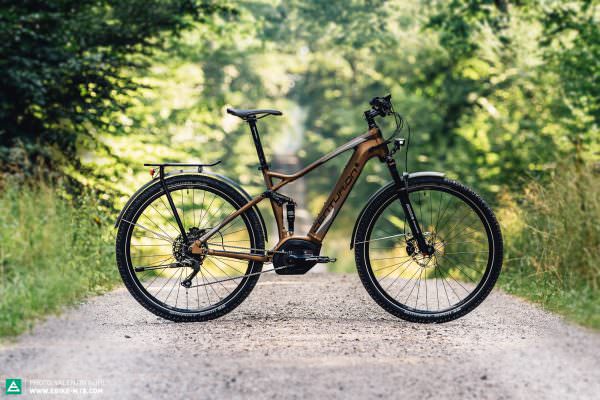

Full-suspension vs. hardtail – excuse me?
“Full-suspension? Hardtail? Travel? I just want a bicycle!” Those who read our magazine are probably very familiar with the technical terms, but the industry lingo may well be a mystery to many new riders considering their first ebike. The term hardtail describes a bicycle with a suspension fork up front and a rigid rear end. An eMTB with a suspended rear wheel, as well as suspension fork, is known as a fully or a full-suspension bike, and travel refers to the amount of suspension the bike offers. Aside from the cost, there is no practical benefit for an eMTBer to ride a hardtail, but most high-end commuter bikes don’t feature rear suspension. Does that make sense?
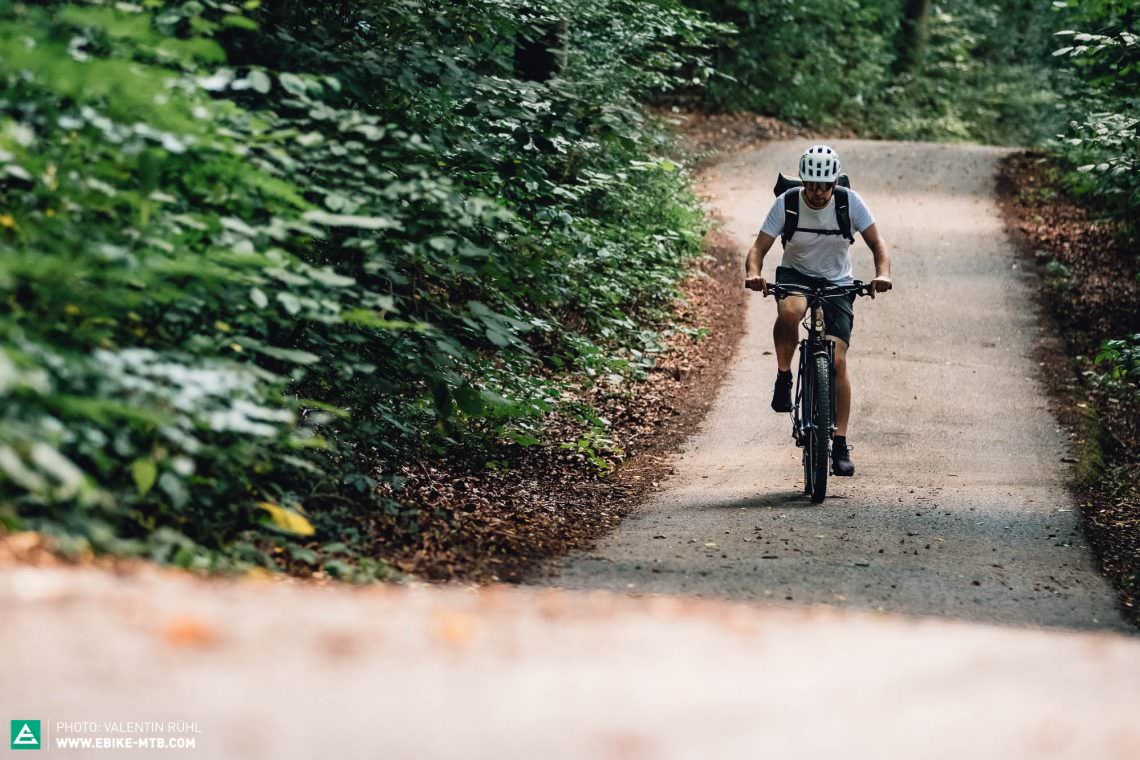
The contenders
Let’s get to the bottom of the question: which is best, fully or hardtail commuter? We looked for two bikes as similar as possible to go head to head. CENTURION’s Backfire Fit E hardtail and Lhasa E full-suspension have a lot in common, just what we were looking for. For this test, we decided on the € 3,249 Backfire Fit E R850 EQ hardtail, and the similarly specced but € 850 more expensive, full-suspension Lhasa E R850i EQ for € 4,099. The EQ stands for equipped, meaning that the bikes are fully equipped for everyday use with mudguards, racks, and lights.

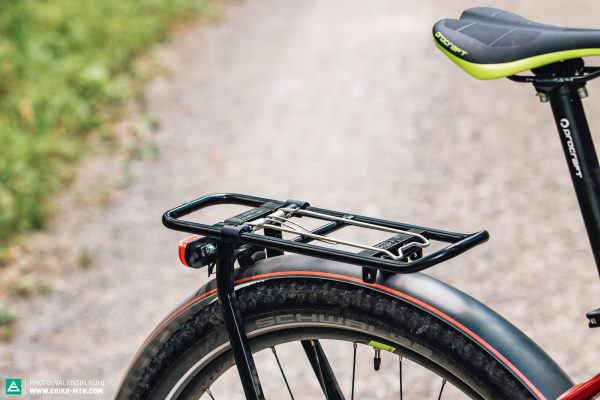
CENTURION describes the Lhasa E as an “all-terrain bike” for touring and trekking, which is pretty spot on. It doesn’t really fit into one of the usual categories because it combines various elements from the world of mountain biking and trekking into a unique package. The Backfire Fit E is a hardtail eMTB with comfortable geometry which, thanks to its full EQ spec, is just as suitable for the daily commute and urban adventures.

Apart from the rear suspension, the only significant difference between the two bikes is the battery. The Backfire Fit E comes with a semi-integrated down tube battery, while the Lhasa E features a fully integrated Bosch PowerTube battery. Both bikes come with a Shimano SLX drivetrain, Shimano Deore brakes, and an SR Suntour Mobie45 fork with 100 mm of travel. There are five frame sizes: the smallest is exclusively available with 27.5″ wheels, and the three largest with 29″ wheels. Frame size 43 is offered with both wheel sizes.
CENTURION Lhasa E R850i EQ
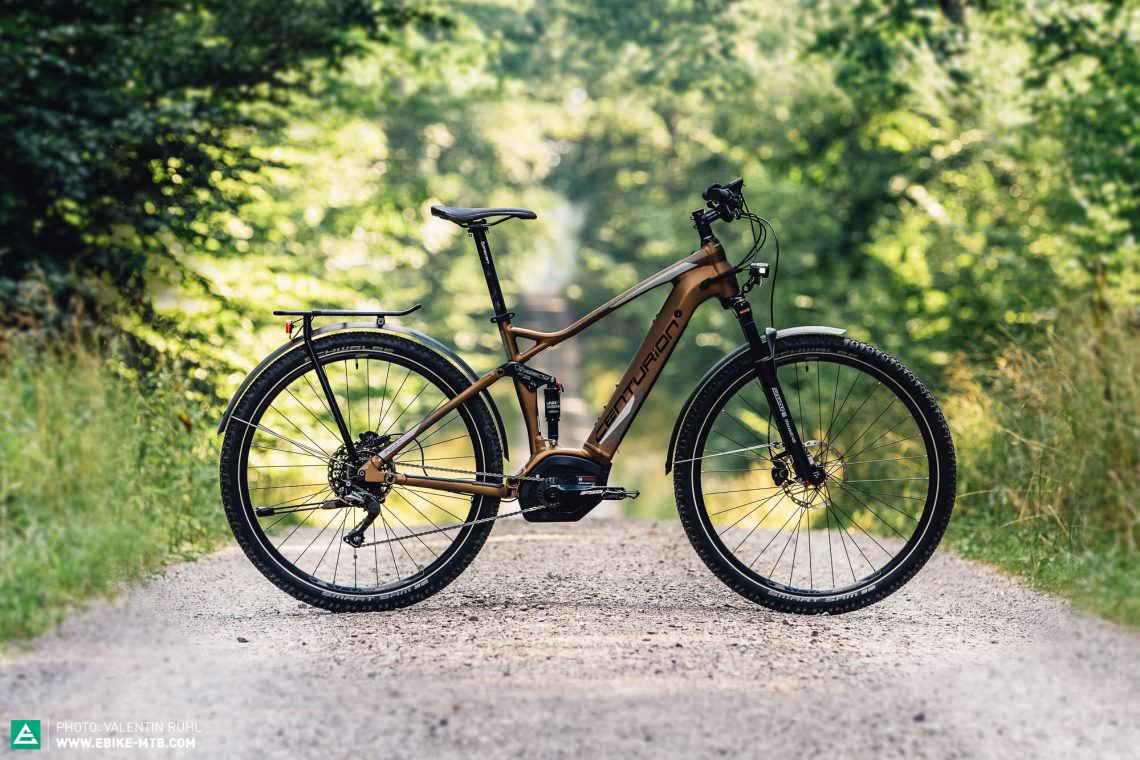
Fork SR Suntour Mobie45 100 mm
Shock SR Suntour UNAIR LO-R
Motor/battery Bosch Performance CX / PowerTube 500 Wh
Drivetrain Shimano SLX
Brakes Shimano Deore
Seatpost PROCRAFT AL
Wheels Shimano Deore / PROCRAFT Pro
Tires Schwalbe Smart Sam Performance 2.25”
Weight 24.72 kg
Price € 4,099
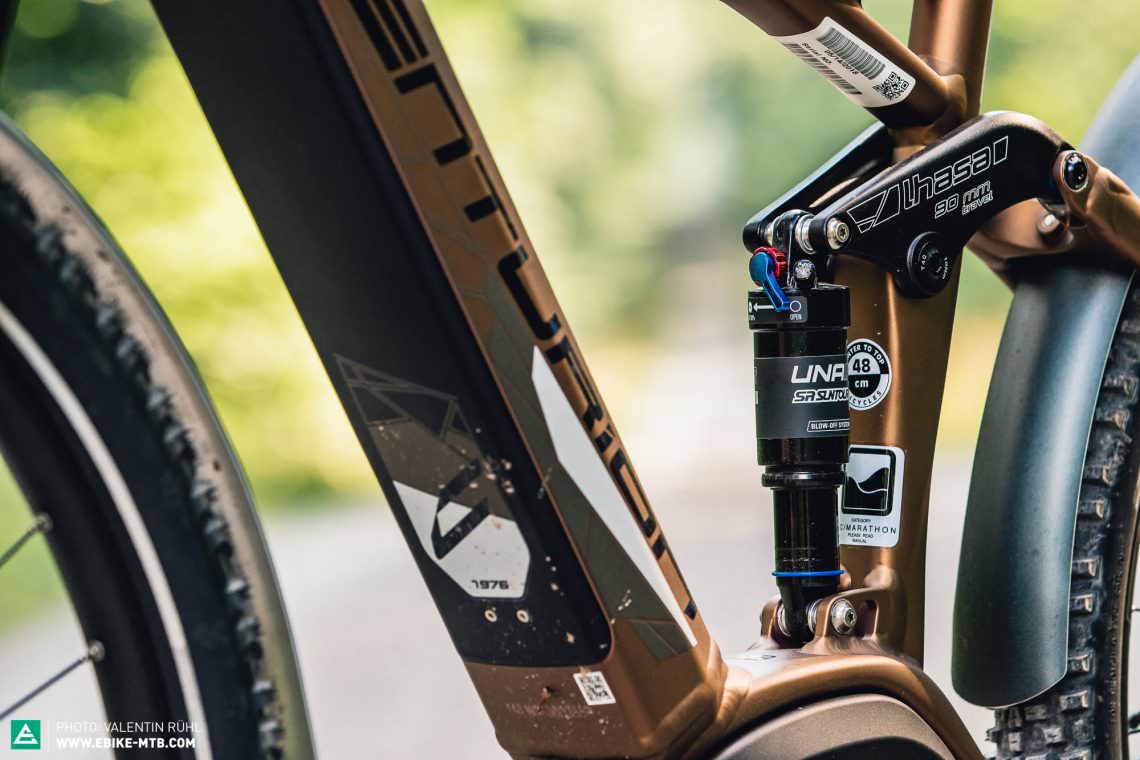
The inconspicuous SR Suntour shock makes a big difference while riding, the Lhasa E leaving the Backfire Fit E in its wake.
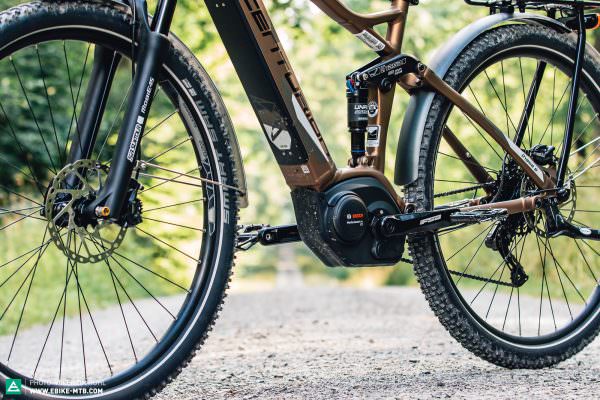
The fully integrated Bosch PowerTube battery looks neat and makes room for a water bottle in the front triangle
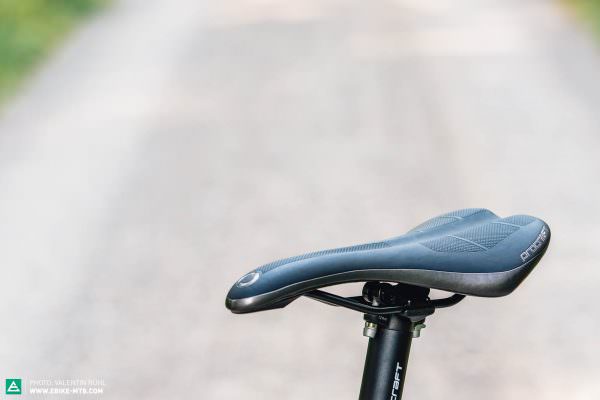
A bike as capable and versatile as the Lhasa E left us wishing for a dropper seat post
CENTURION Backfire Fit E R850 EQ
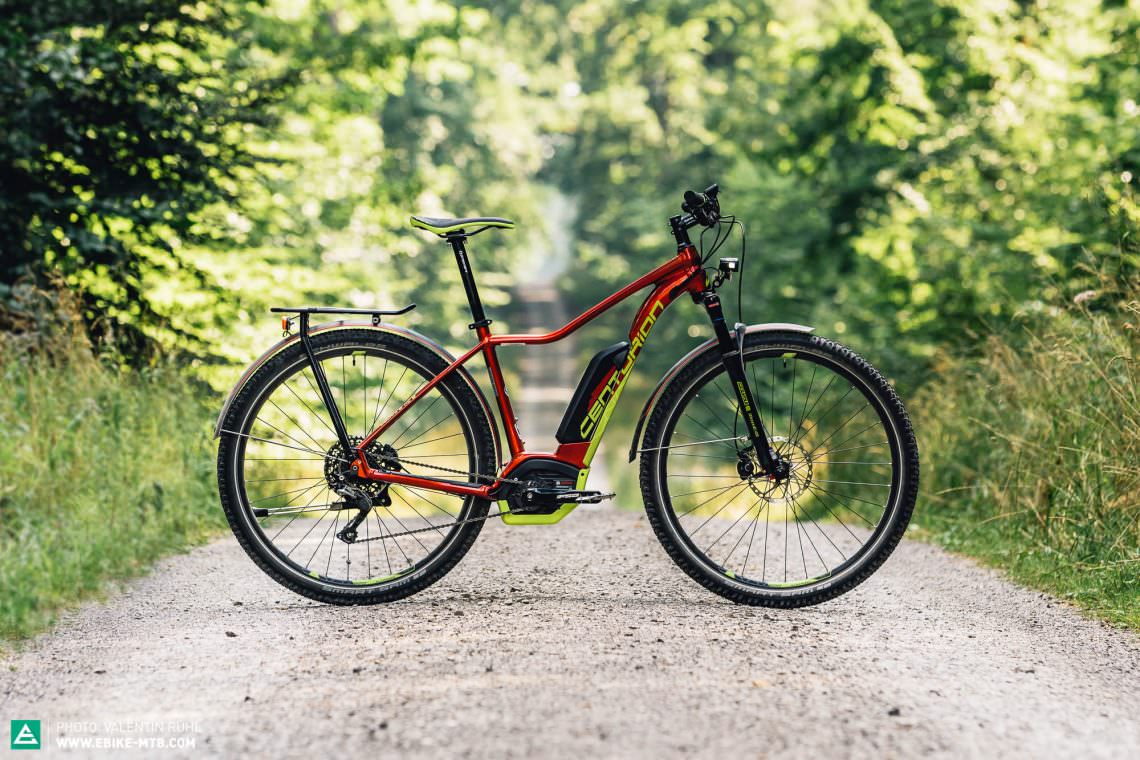
Fork SR Suntour Mobie45 100 mm
Motor/battery Bosch Performance CX / PowerTube 500 Wh
Drivetrain Shimano SLX
Brakes Shimano Deore
Seatpost PROCRAFT AL
Wheels Shimano Deore / PROCRAFT Pro
Tires Schwalbe Smart Sam Performance 2.25”
Weight 22.53 kg
Price € 3,249
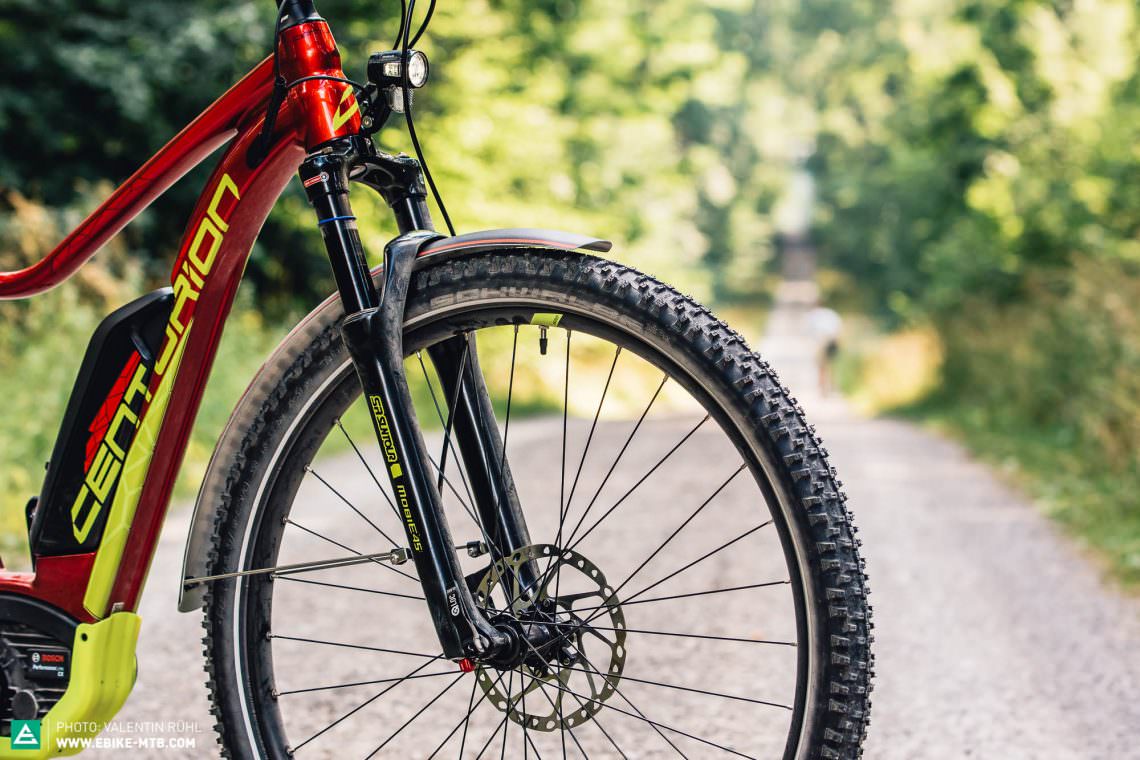
The EQ spec readies the bike for daily use; while the fenders and rear rack are solid, the light could be a little brighter.
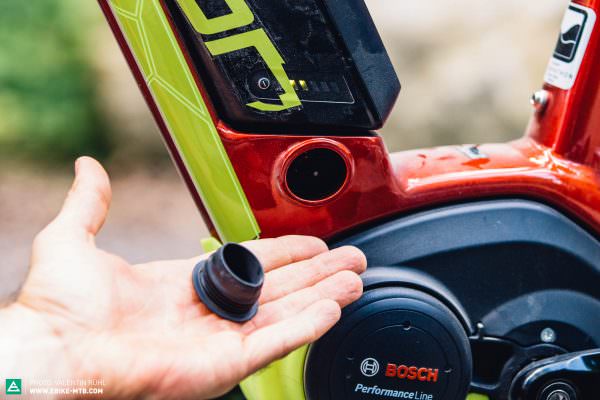
The cover for the charging port isn’t attached to the frame and is likely to get lost
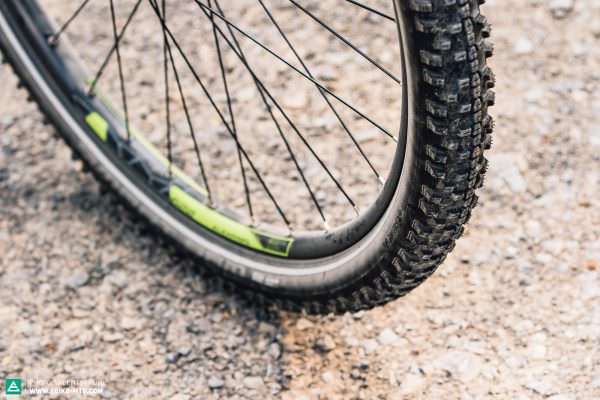
The Schwalbe Smart Sam tyres are an excellent fit for the Backfire Fit E, performing well on gravel and asphalt
The duel
We compared the two CENTURION ebikes on different routes and in everyday commuting. First you notice the similarities. The riding position is very similar on both bikes: upright and comfortable, yet slightly aggressive. The Schwalbe Smart Sam tyres proved to be perfect all-rounders, offering sufficient grip on gravel while rolling easily and quietly on asphalt. The mudguards and rack are sturdy and well integrated, and both bikes score practicality points for having a stand. Unfortunately, the lighting system is subpar, though it will do for the city and the cycle path. The Backfire Fit E offers a slightly lower standover height, but both bikes would benefit from the additional freedom of movement a dropper seat post would add.
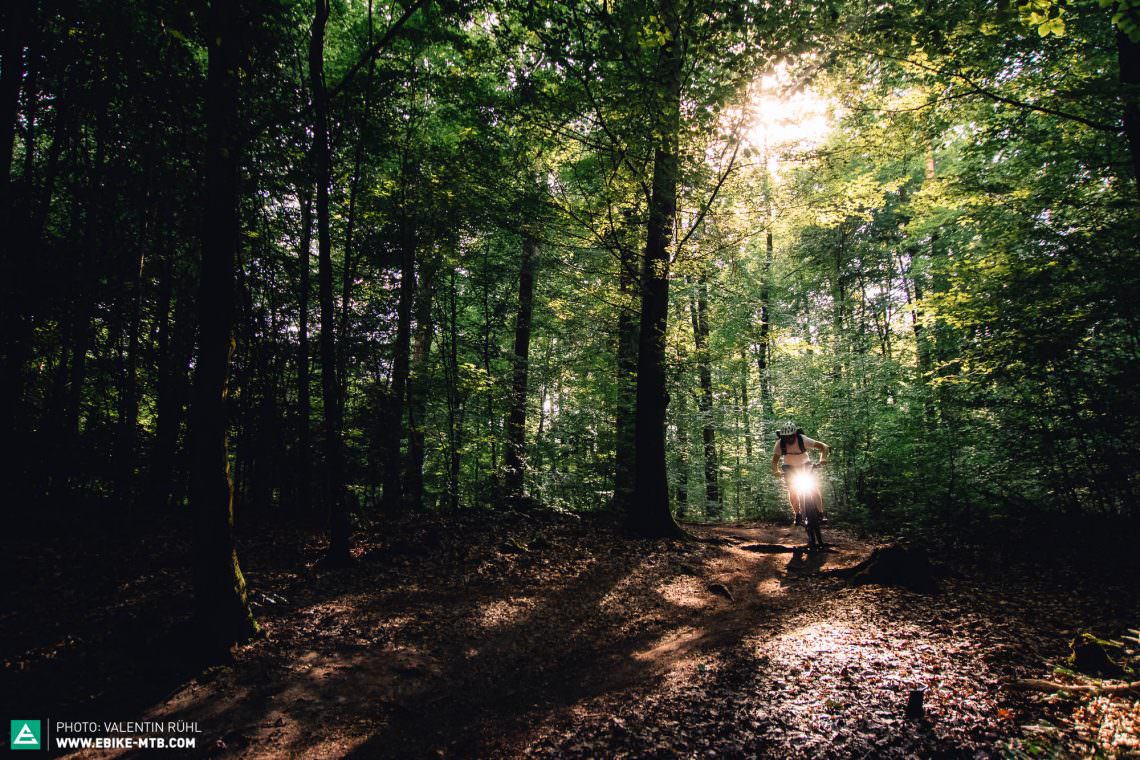
As usual, the Bosch CX motor is powerful. Both bikes feature an eMTB mode where the motor’s assistance is dynamically adapted to the rider’s input, which it turns out isn’t only for off-road use; we enjoyed the dynamic feel of it on city commutes also. If you’re riding above 25 km/h on flat terrain, the gearbox of the motor drags a little, but thanks to the large wheels and the easy-rolling tyres, both bikes are surprisingly brisk above the cut-out.
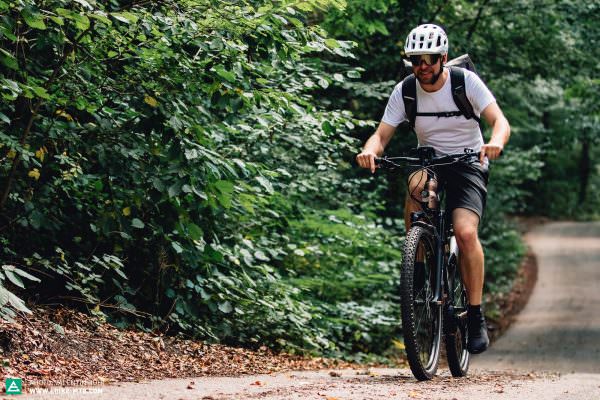
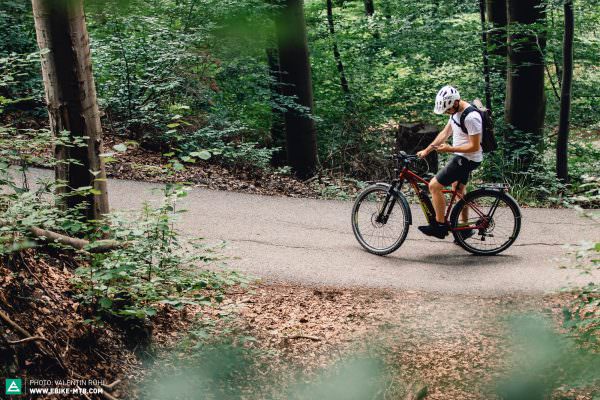
There is nothing to complain about in terms of componentry: the Shimano SLX shifts precisely, and for the intended kind of riding the Deore brakes offer sufficient braking power. The SR Suntour fork is not only comfortable, but also laterally stiff, feeling quick and precise when steering. With so many things in common, we’ve got to ask whether the Lhasa E is worth the additional €850.
Both bikes are most comfortable on gravel roads, which is not to say they won’t take small off-road detours in their stride
Although the fully integrated battery is not the core topic of this group test, it clearly shows the rapid evolution of today’s ebikes. The Lhasa E looks much tidier than the Backfire Fit E, despite the shock and rocker link, and also offers space for a water bottle in the front triangle. The charging port of the Lhasa E is more accessible on the top tube, and the integrated battery is easy to remove. Although the Lhasa E Fully weighs over 2 kg more than the Backfire Fit E, the extra weight is hardly noticeable in the handling.
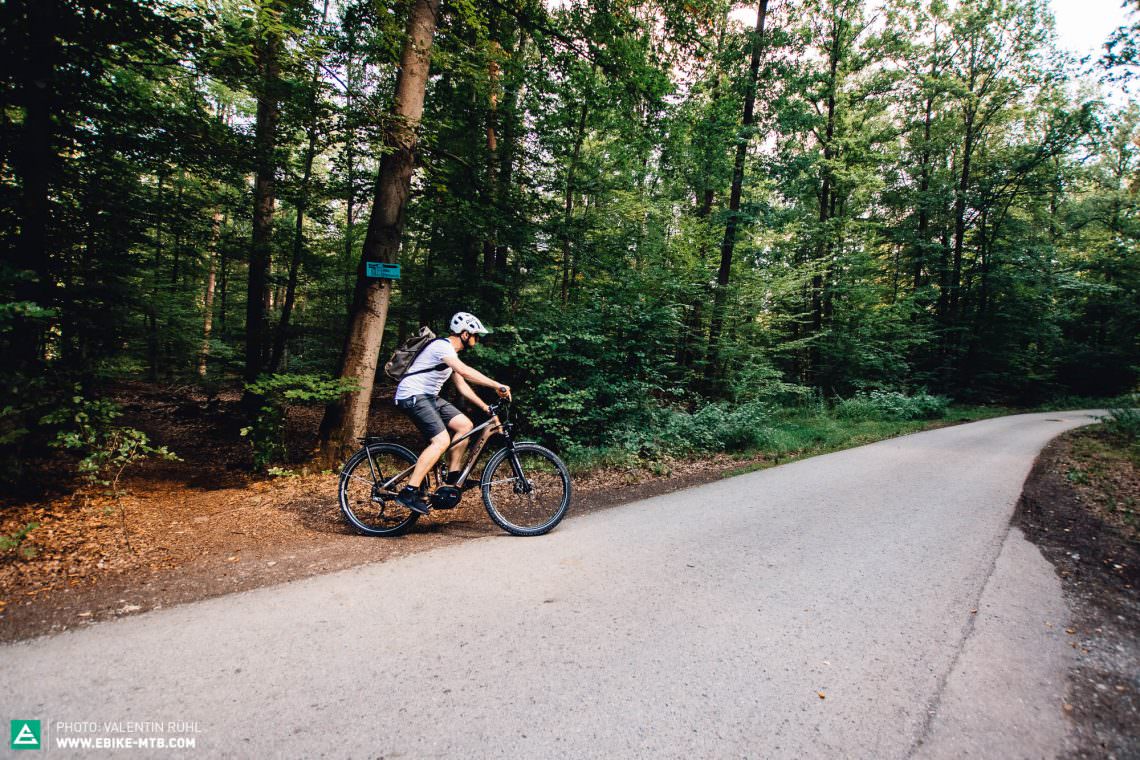
Both bikes are most comfortable on gravel roads, which is not to say they won’t take small off-road detours in their stride. However, over varying surfaces, the Lhasa E proved to be considerably more comfortable and versatile. The 90 mm of rear suspension travel takes the shock out of potholes and small obstacles, making for a much more enjoyable ride – your spine will thank you for it! When climbing, the linkage ensures that the rear wheel stays on the ground, and thus the Lhasa E offers more traction on uneven roads than its unsprung counterpart.
The biggest advantage of rear suspension, however, is the downhill stability. As soon as the road becomes a little uneven, the CENTURION Lhasa E is significantly more stable and composed than its hardtail rival. As the weight of the rider always causes the full-suspension to sag a little and slacken the head angle, the Lhasa E’s handling is noticeably less nose-heavy. This makes the Lhasa E surprisingly smooth and significantly more balanced than the hardtail, making you feel a lot more confident when descending at speed. The Backfire Fit E, on the other hand, places more of the rider’s weight on the hands, which can eventually become uncomfortable. Besides, you have to absorb a lot more bumps and vibrations on the hardtail, wearing you out more quickly than on the full-suspension.
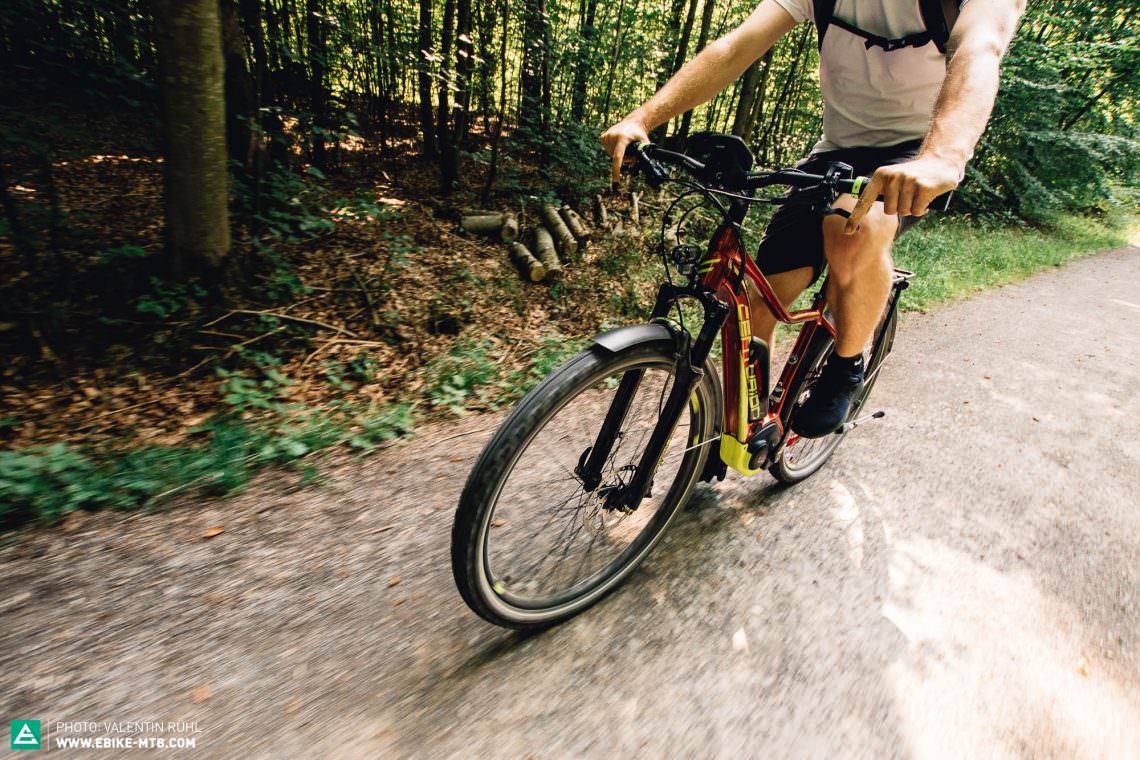
Although the Lhasa E is not a purebred mountain bike, it’s surprisingly capable off-road. On the way to work, the full-suspension fun invites you to take a shortcut through the woods, while the Backfire Fit E prefers to go the long way around. The Lhasa E performs just as well in the city since the rear suspension makes it much easier to ride over kerbs, speed bumps, and other obstacles. The only drawback is that loads on the rear rack affect the function of the suspension because they increase the unsprung weight, significantly reducing sensitivity.
Conclusion
The CENTURION Backfire Fit E is an excellent bike for everyday use and touring, but in this comparison, the full-suspension Lhasa E clearly came out on top. The fully offers more comfort and safety and proves that rear suspension isn’t only for trail riding. We would definitely invest the additional € 850.
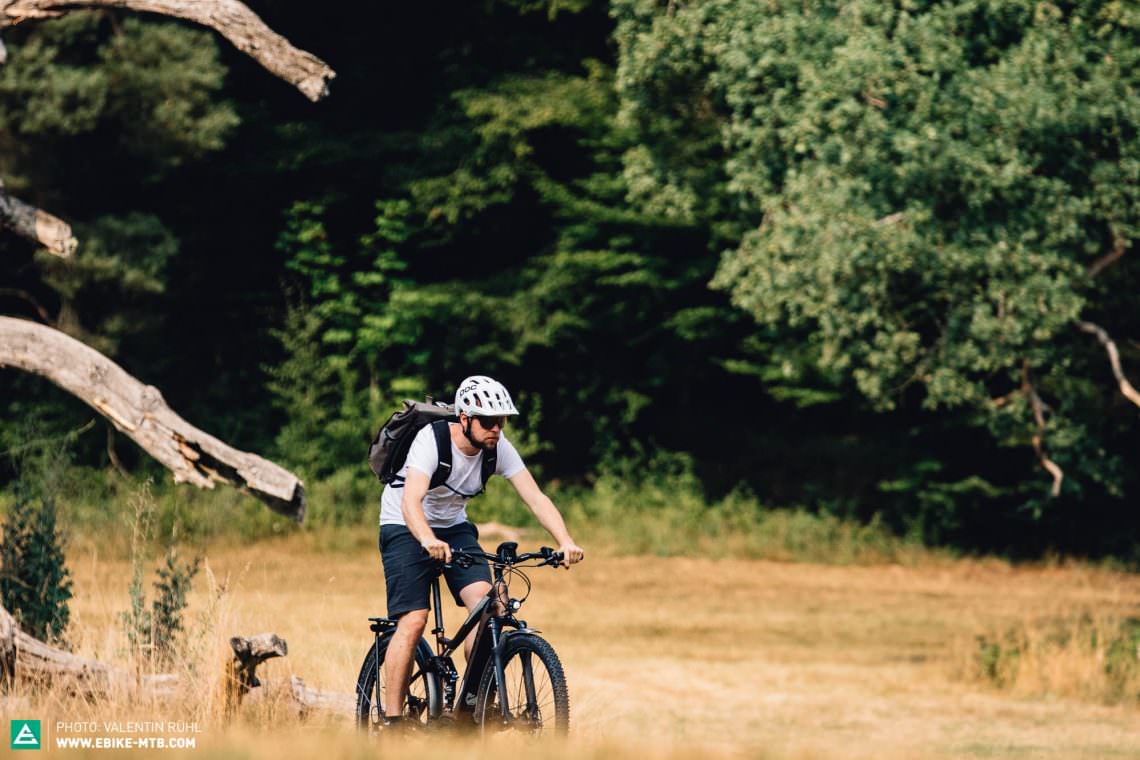
More information at centurion.de/en
Did you enjoy this article? If so, we would be stoked if you decide to support us with a monthly contribution. By becoming a supporter of E-MOUNTAINBIKE, you will help secure a sustainable future for high-quality cycling journalism. Click here to learn more.
Words: Photos: Valentin Rühl









